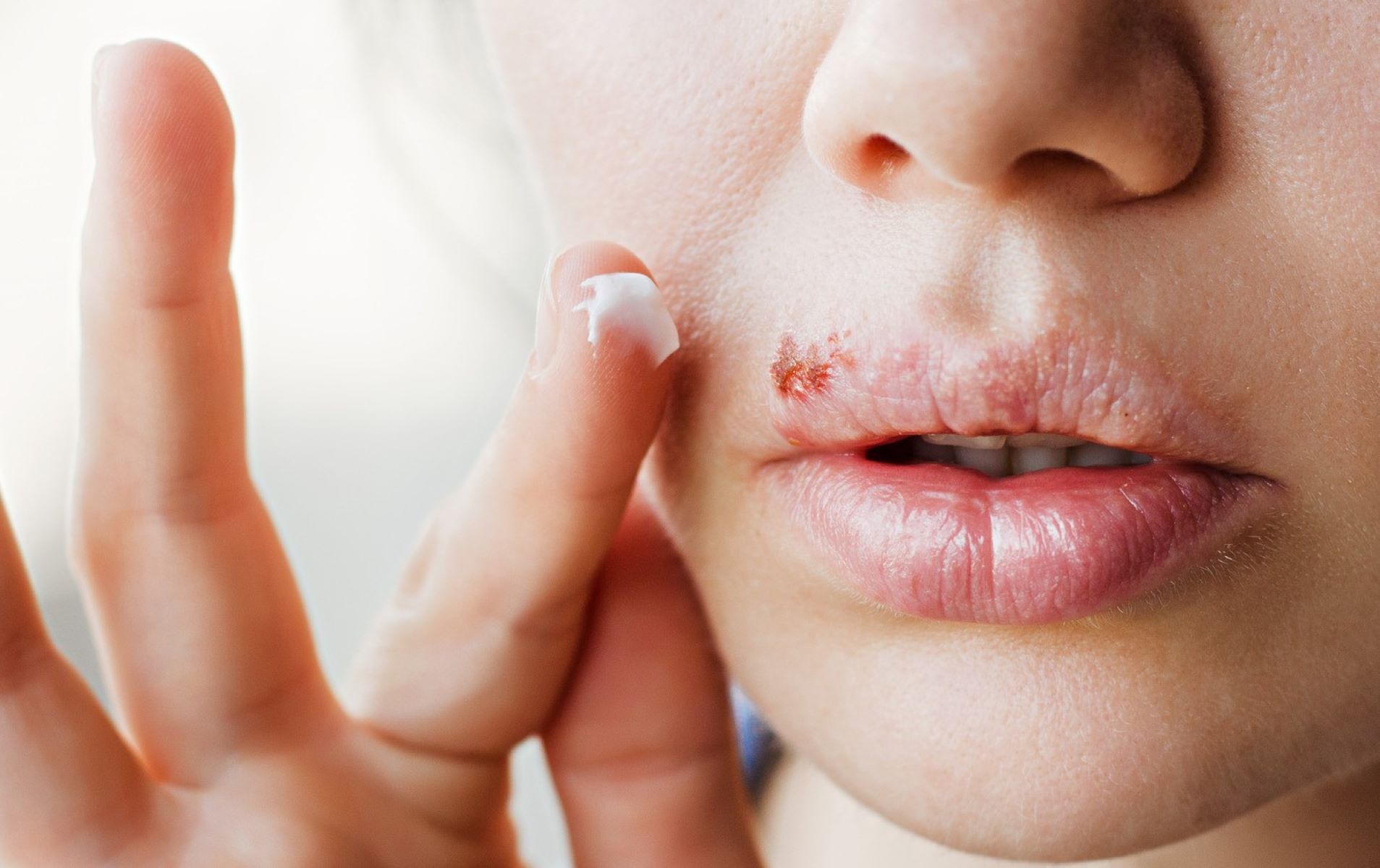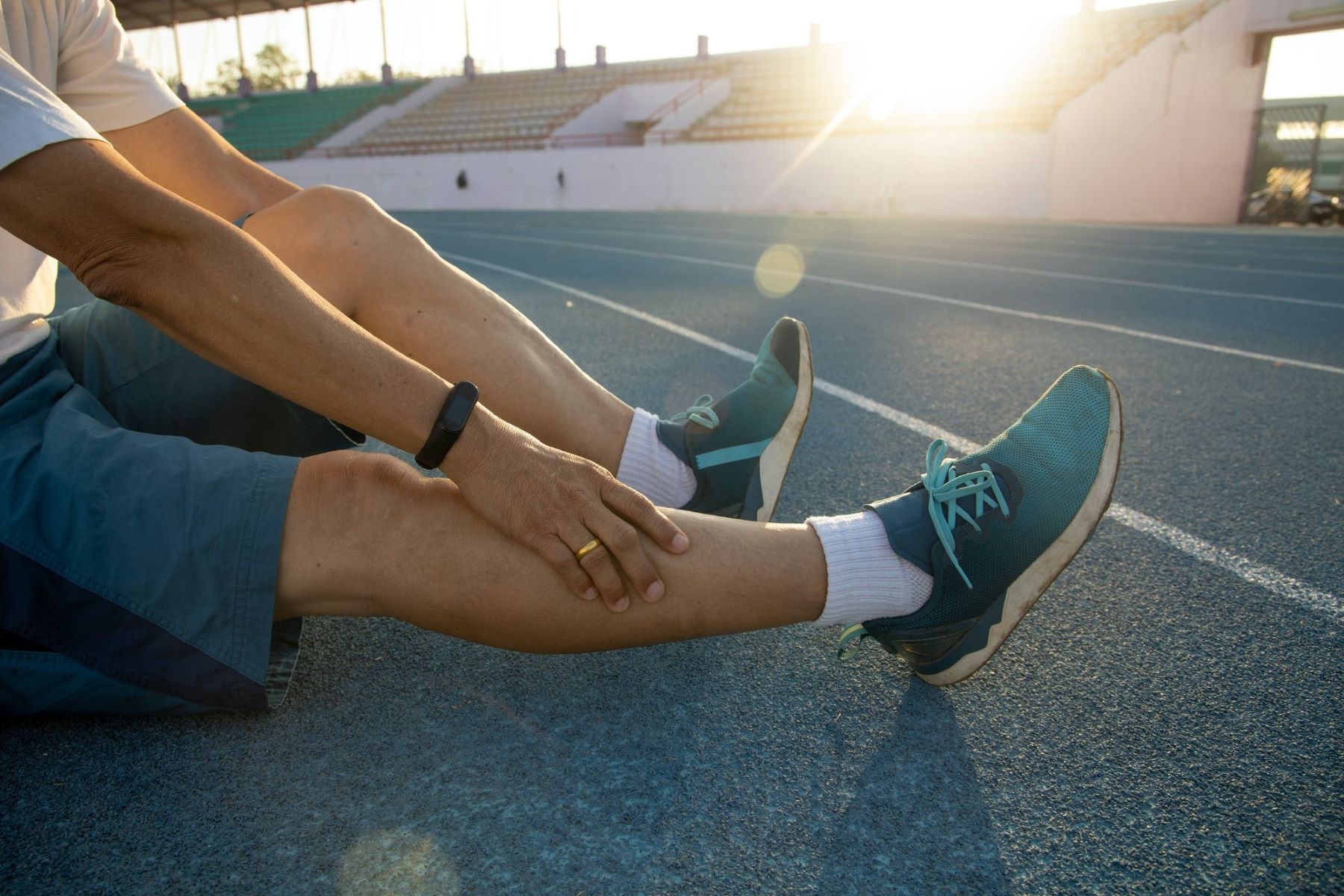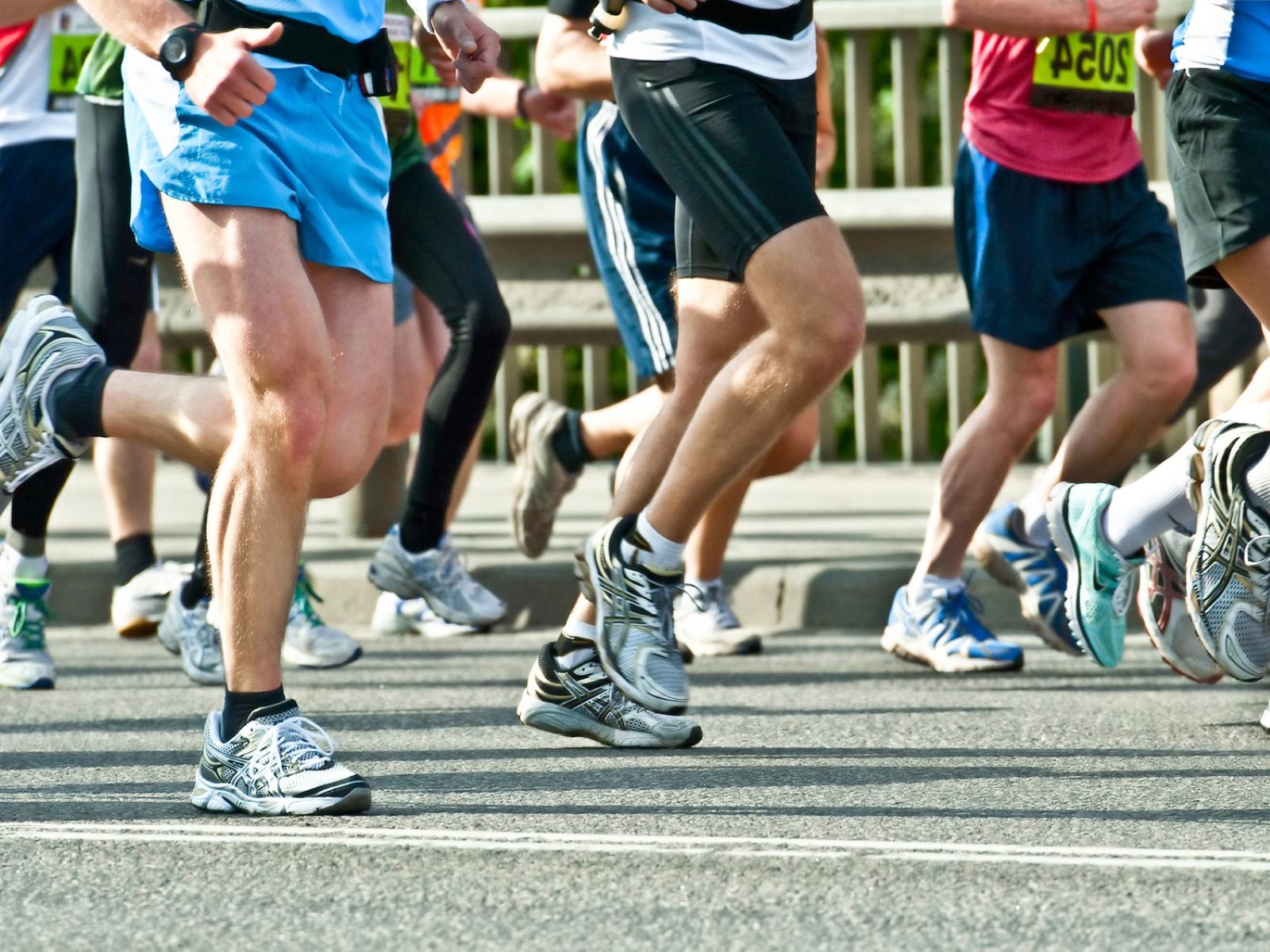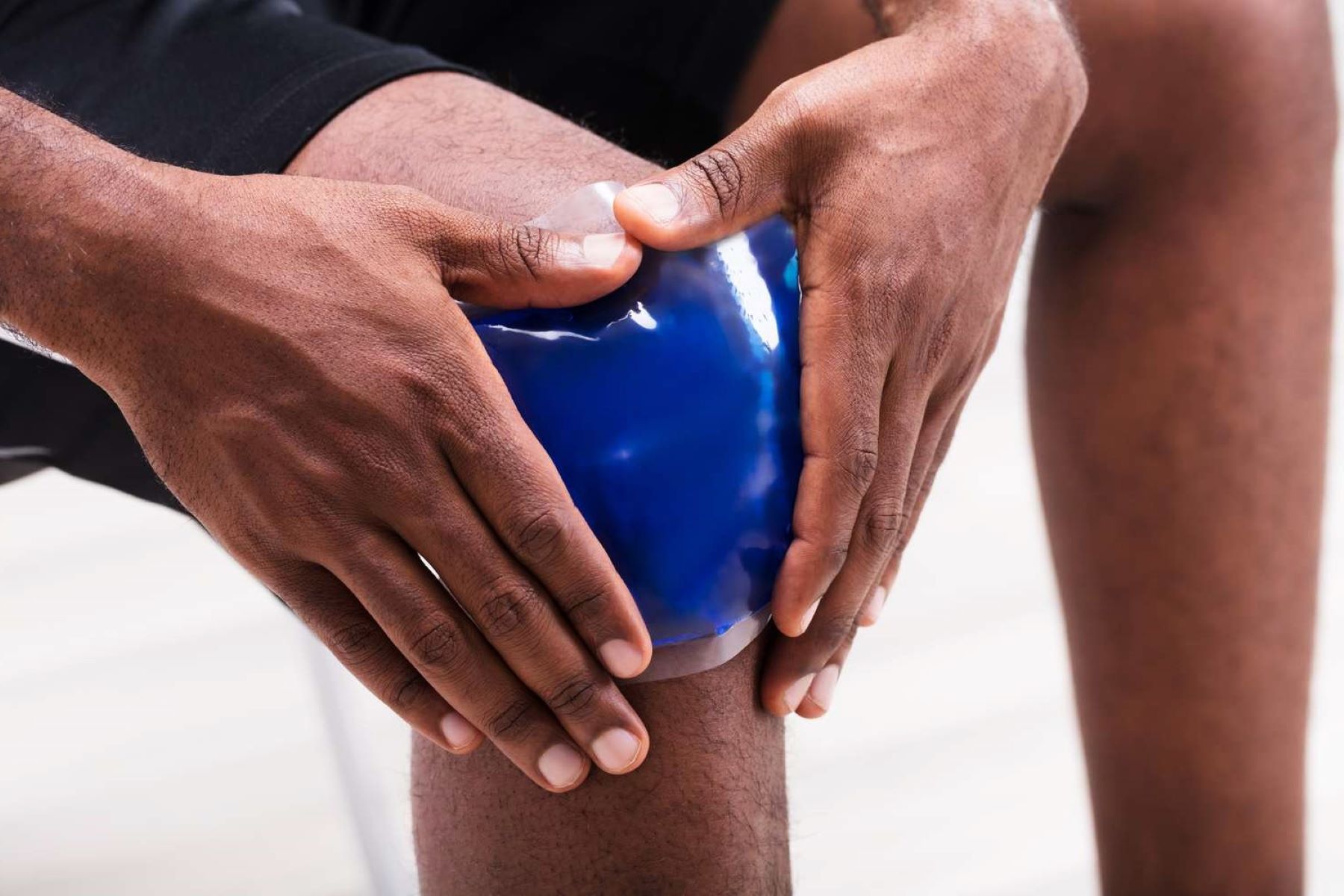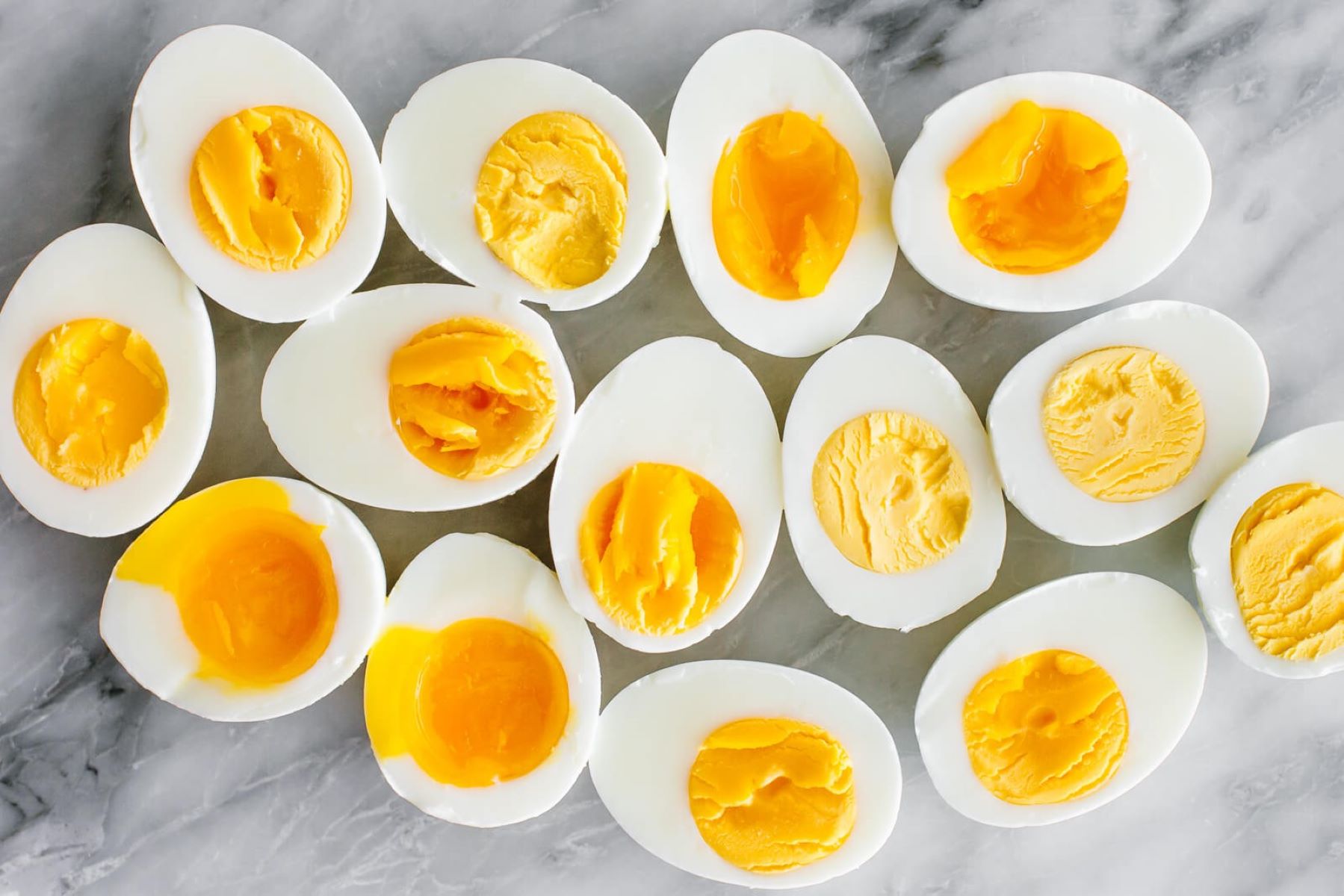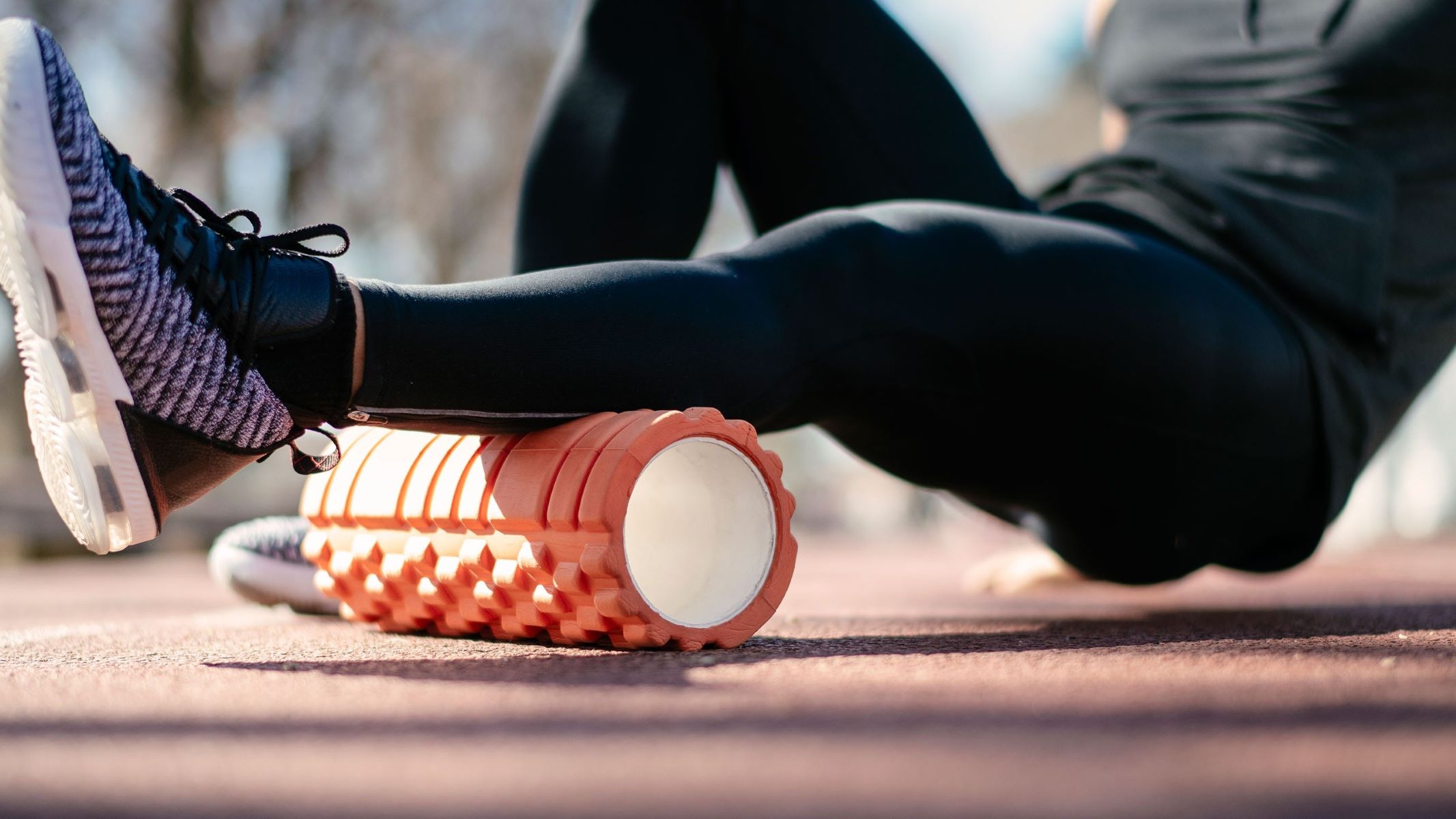Home>Health & Nutrition>Recovery>The Potential Drawbacks Of Icing Sore Muscles
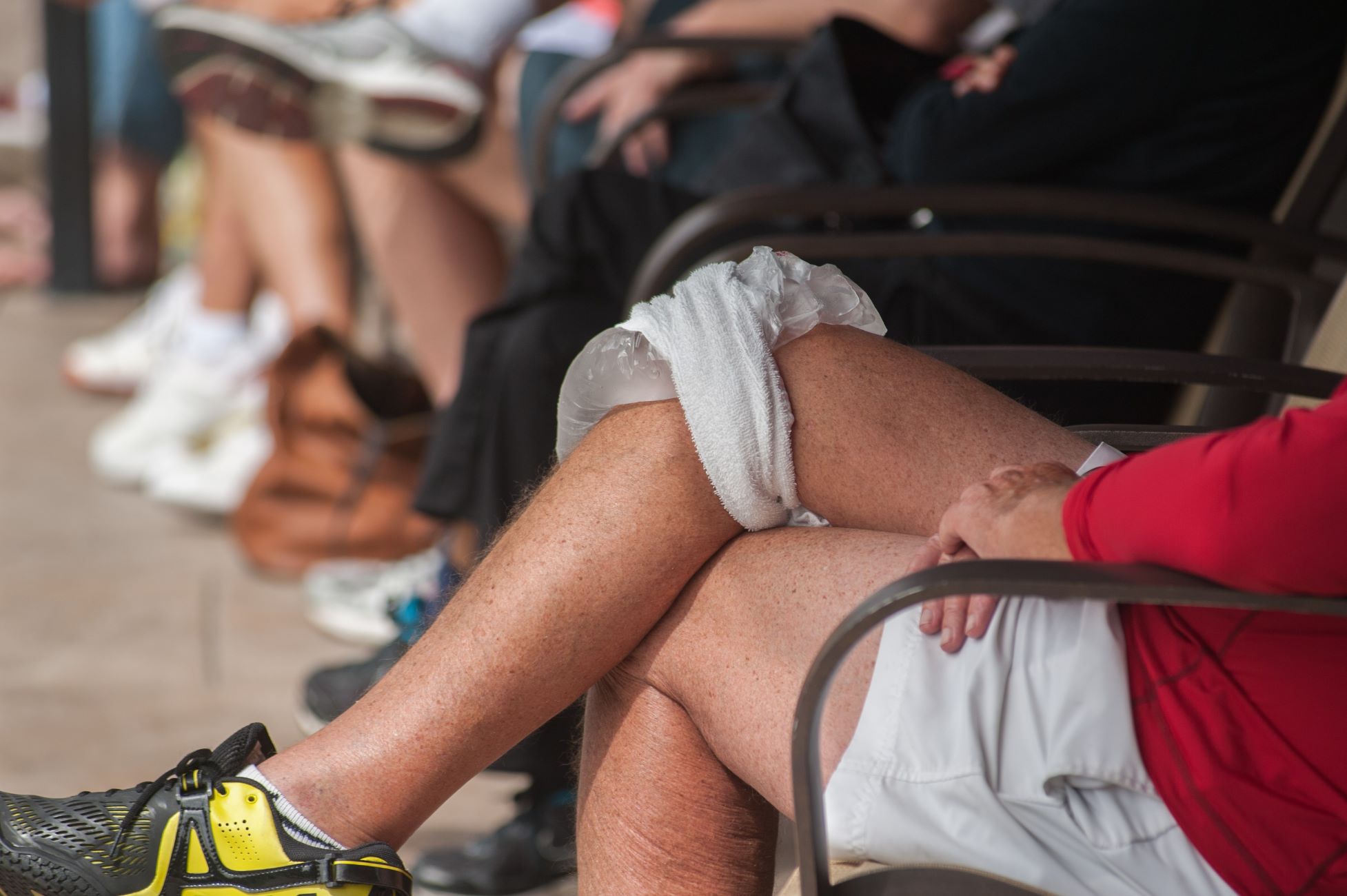

Recovery
The Potential Drawbacks Of Icing Sore Muscles
Published: February 26, 2024
Learn about the potential drawbacks of using ice for sore muscle recovery and discover alternative methods for effective muscle recovery.
(Many of the links in this article redirect to a specific reviewed product. Your purchase of these products through affiliate links helps to generate commission for Therunningadvisor.com, at no extra cost. Learn more)
Table of Contents
Introduction
When it comes to post-workout recovery, many of us have been taught to reach for the ice pack to soothe sore muscles. The idea of icing sore muscles has been ingrained in our minds as a go-to remedy for reducing inflammation and alleviating discomfort. However, recent studies have shed light on the potential drawbacks of this age-old practice. While icing sore muscles may provide temporary relief, it's essential to understand the science behind this method and explore the potential negative effects it may have on the body.
In this article, we will delve into the science behind icing sore muscles, uncover the potential negative effects of this practice, and explore alternative methods for promoting muscle recovery. By gaining a deeper understanding of the impact of icing on the body, we can make informed decisions about how to best support our muscles after intense physical activity. So, let's embark on a journey to unravel the truth about icing sore muscles and discover alternative approaches to post-workout recovery.
The Science Behind Icing Sore Muscles
Icing sore muscles has long been perceived as a fundamental component of the post-exercise recovery process. The rationale behind this practice is rooted in the belief that applying ice to aching muscles can help reduce inflammation, alleviate pain, and expedite the healing process. However, the scientific underpinnings of this approach are more complex than they may initially appear.
When muscles are subjected to strenuous physical activity, microscopic damage to the muscle fibers occurs. This damage triggers an inflammatory response as the body works to repair and rebuild the affected tissues. Proponents of icing sore muscles argue that the application of cold therapy can constrict blood vessels, reduce blood flow to the affected area, and mitigate the inflammatory response. Additionally, it is believed that icing can help numb the area, providing temporary pain relief.
However, recent research has cast doubt on the efficacy of this approach. Studies have suggested that while icing may temporarily reduce blood flow and alleviate pain, it could potentially impede the body's natural healing processes. Inflammation is a crucial component of the body's response to tissue damage, as it serves to remove debris and initiate the repair process. By suppressing this inflammatory response through icing, the body's ability to efficiently heal and rebuild damaged muscle fibers may be compromised.
Furthermore, the concept of vasoconstriction resulting from icing sore muscles has been called into question. While cold therapy initially causes blood vessels to constrict, this effect is often followed by a rebound dilation, leading to increased blood flow to the area. This rebound effect could potentially counteract the intended benefits of reduced inflammation and pain relief.
In addition to the potential impact on the inflammatory response, some researchers have raised concerns about the effects of icing on muscle performance. It has been suggested that the temporary numbing effect of cold therapy may mask the body's natural pain signals, potentially leading individuals to inadvertently overexert themselves during subsequent physical activity, thereby increasing the risk of further injury.
As our understanding of the body's response to exercise and recovery continues to evolve, it is becoming increasingly clear that the science behind icing sore muscles is more nuanced than previously thought. While the practice may offer transient relief, it is essential to consider the potential long-term implications and weigh them against the perceived benefits.
In the next section, we will explore the potential negative effects of icing sore muscles, shedding light on the broader implications of this commonly employed recovery method.
Potential Negative Effects of Icing
While the practice of icing sore muscles has been deeply ingrained in the realm of post-workout recovery, it is crucial to acknowledge the potential negative effects associated with this approach. Despite its widespread use, recent insights have raised concerns about the unintended consequences of relying solely on cold therapy for muscle recovery.
One of the primary concerns surrounding the use of ice for muscle recovery pertains to its impact on the body's natural healing processes. As mentioned earlier, inflammation plays a pivotal role in the body's response to tissue damage, serving as a catalyst for the repair and regeneration of damaged muscle fibers. By impeding the inflammatory response through icing, there is a risk of disrupting this essential aspect of the body's healing mechanism. This disruption could potentially hinder the body's ability to effectively repair and rebuild the affected muscles, ultimately prolonging the recovery process.
Moreover, the temporary numbing effect induced by cold therapy can mask the body's pain signals, creating a false sense of relief. This numbing effect may lead individuals to underestimate the extent of their muscle damage, inadvertently pushing themselves beyond their limits during subsequent physical activity. As a result, there is an increased risk of exacerbating the existing muscle damage or sustaining new injuries, ultimately impeding overall recovery progress.
Another noteworthy consideration is the potential impact of icing on muscle performance. While the immediate application of cold therapy may provide transient pain relief, it could also compromise muscle function and range of motion. The constriction of blood vessels and the numbing effect of cold therapy may hinder the muscles' ability to fully engage and perform optimally, particularly during subsequent physical activities. This compromised performance could not only impede training progress but also increase the risk of sustaining further injuries due to reduced muscle functionality.
Furthermore, the rebound dilation of blood vessels following the initial vasoconstriction induced by icing sore muscles may lead to increased blood flow to the affected area. This rebound effect could potentially exacerbate inflammation and discomfort, counteracting the intended benefits of reduced blood flow and pain relief.
In light of these potential negative effects, it is evident that the widespread reliance on icing sore muscles for post-workout recovery warrants a critical reevaluation. While the practice may offer immediate relief, it is essential to consider its broader implications and explore alternative approaches to supporting muscle recovery. In the following section, we will delve into alternative methods that can effectively promote muscle recovery without the potential drawbacks associated with icing.
Alternatives to Icing Sore Muscles
In light of the potential drawbacks associated with icing sore muscles, it is imperative to explore alternative methods that can effectively support muscle recovery without compromising the body's natural healing processes. By embracing alternative approaches, individuals can promote optimal recovery and enhance their overall well-being. Here are some alternative strategies to consider:
1. Active Recovery
Engaging in low-intensity activities such as walking, swimming, or gentle yoga can promote blood flow to the muscles, aiding in the removal of metabolic waste products and facilitating the delivery of essential nutrients for repair. Active recovery helps prevent stiffness and promotes flexibility, contributing to overall muscle recovery.
2. Compression Therapy
Utilizing compression garments or wraps can aid in reducing swelling and inflammation in sore muscles. Compression therapy promotes circulation, which can expedite the removal of metabolic byproducts from the muscles, supporting the recovery process.
3. Proper Nutrition
Consuming a balanced diet rich in protein, healthy fats, and essential nutrients is crucial for muscle recovery. Protein plays a pivotal role in muscle repair and growth, while adequate hydration supports the body's natural detoxification processes. Additionally, incorporating anti-inflammatory foods such as fruits, vegetables, and omega-3 fatty acids can help mitigate muscle soreness.
4. Massage Therapy
Massage therapy can be highly beneficial for relieving muscle tension, enhancing blood flow, and promoting relaxation. Techniques such as deep tissue massage or myofascial release can target specific areas of muscle tightness and aid in the alleviation of soreness.
5. Heat Therapy
Contrary to cold therapy, applying heat to sore muscles can help improve circulation, relax muscle tension, and alleviate discomfort. Heat therapy, in the form of warm baths, heating pads, or heat wraps, can enhance muscle flexibility and promote overall relaxation.
6. Proper Rest and Sleep
Allowing the body ample time to rest and recover is essential for muscle repair and growth. Quality sleep is paramount for the body's recovery processes, as it is during sleep that tissue repair, hormone regulation, and muscle growth predominantly occur.
By incorporating these alternative approaches into post-workout recovery routines, individuals can effectively support muscle recovery while minimizing the potential negative effects associated with icing sore muscles. Embracing a holistic approach to recovery that encompasses active strategies, proper nutrition, and supportive therapies can contribute to enhanced overall well-being and long-term athletic performance.
Conclusion
In conclusion, the traditional practice of icing sore muscles as a primary method of post-workout recovery warrants a critical reevaluation in light of emerging scientific insights. While the immediate application of cold therapy may offer temporary relief by reducing inflammation and numbing pain, the potential negative effects associated with this approach cannot be overlooked. The disruption of the body's natural healing processes, the masking of pain signals, and the potential compromise of muscle performance highlight the need to explore alternative strategies for promoting muscle recovery.
By delving into the science behind icing sore muscles, we have gained a deeper understanding of the complexities involved in the body's response to exercise-induced muscle damage. The intricate interplay of inflammation, blood flow regulation, and tissue repair processes underscores the need for a nuanced approach to post-workout recovery. While icing sore muscles may provide transient benefits, the potential long-term implications on muscle healing and overall performance necessitate a shift towards alternative recovery methods.
Exploring alternative approaches such as active recovery, compression therapy, proper nutrition, massage therapy, heat therapy, and prioritizing rest and sleep presents a holistic and proactive stance towards muscle recovery. Embracing these alternative strategies not only supports the body's natural healing processes but also contributes to overall well-being and long-term athletic performance. By incorporating a multifaceted approach to recovery, individuals can optimize muscle repair, mitigate the risk of overexertion, and foster a sustainable foundation for continued physical activity.
As our understanding of exercise physiology and recovery mechanisms continues to evolve, it is essential to adapt our approaches to align with the latest scientific insights. By critically evaluating traditional practices and embracing evidence-based strategies, we can empower individuals to make informed decisions about their post-workout recovery routines. Ultimately, by prioritizing the holistic well-being of our muscles and bodies, we can cultivate a sustainable approach to physical activity and recovery that supports long-term health and performance.


